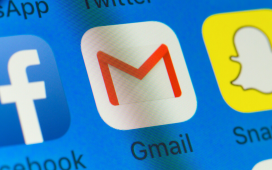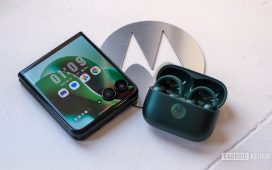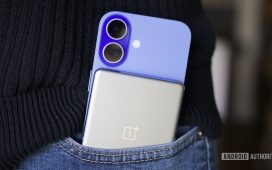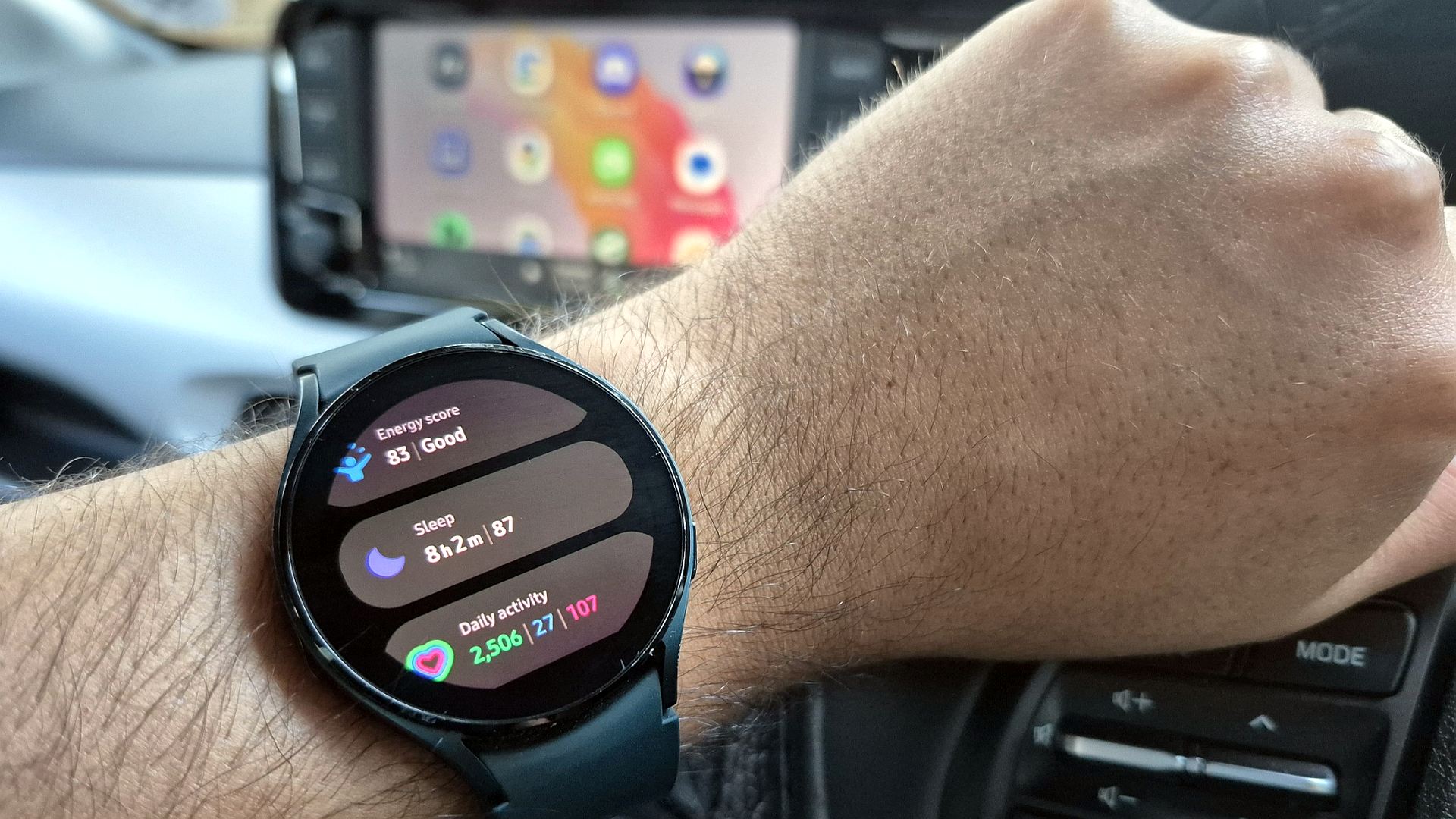
Andy Walker / Android Authority
Tracking my health has become a natural part of my daily life. It gives me peace of mind and gradually encourages me to improve my overall physical condition. I primarily rely on my Wear OS smartwatch to monitor my daily activity, stress levels, and sleep quality. However, in certain instances, I wish it could do more to bring any issues to my attention. One such example would be during safety-critical activities, like driving.
Do you want Android Auto and Wear OS to share health information for driver safety?
0 votes
Google’s tightly interwoven software and services are one of its biggest strengths, but its one blind spot is in the car. I love that through Android Auto, I can access my smartphone’s various services. I can play my favorite music through Spotify or access vital routing information via Google Maps. But what about my vitals? Why can’t my Wear OS watch and Android Auto utilize my health data to improve my safety on the road? On the surface, this probably sounds like a privacy risk. Why would you want passengers to see your heart rate or stress levels? However, I’m talking about much deeper integration between Android Auto and Wear OS.
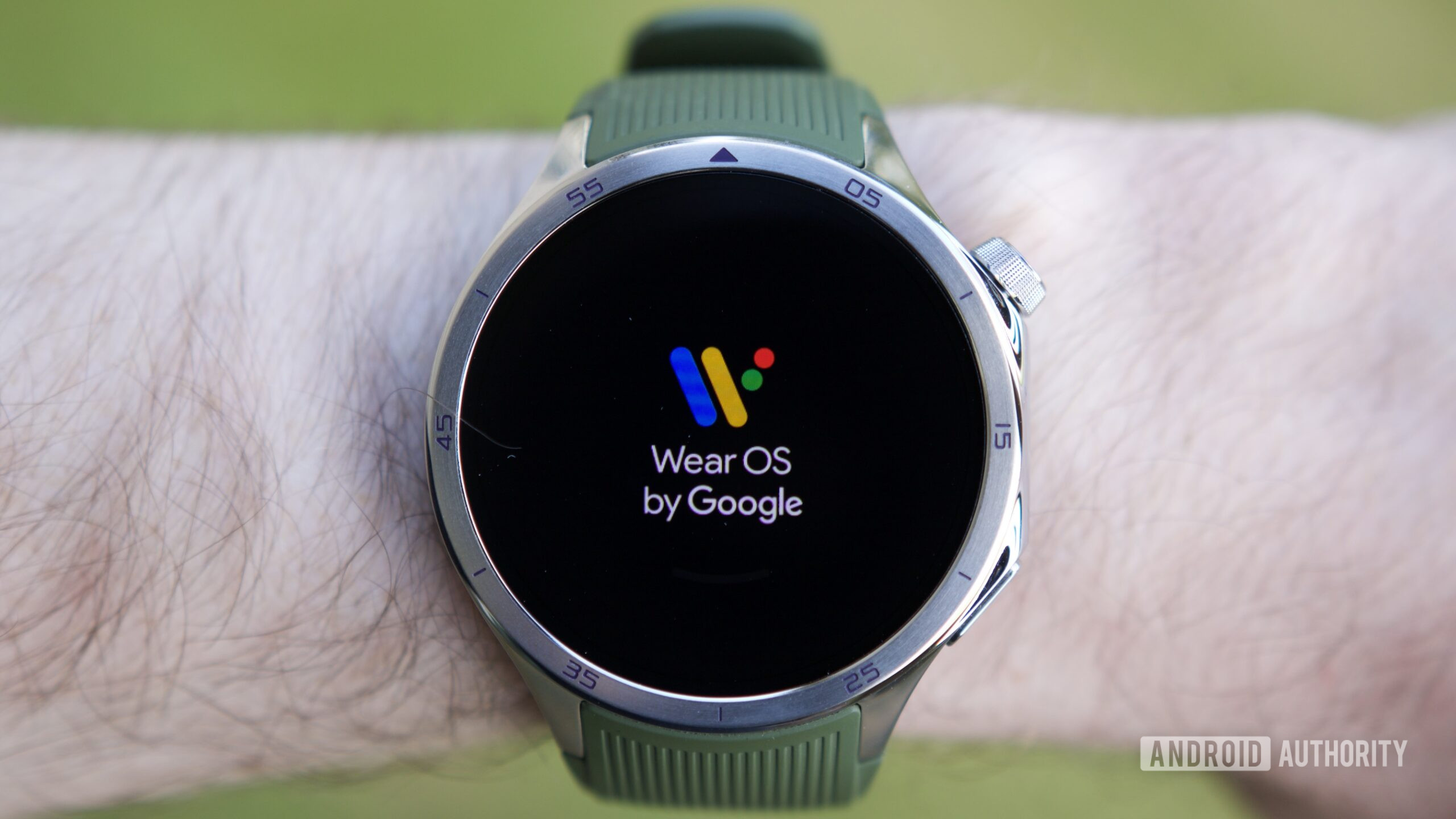
Joe Maring / Android Authority
A car is heavy machinery that requires keen concentration and awareness at all times. Driving is an activity influenced by one’s faculties, which, in turn, are influenced by recent physical activity. If you had the worst sleep of your life the night before a big trip, the quality of your driving will be affected.
Why can’t my Wear OS watch and Android Auto utilize my health data to improve my safety on the road?
Of course, we’re all human. We don’t always make the best decisions given the circumstances. We also tend to believe what we want to believe. This is where I’d like my Wear OS watch and Android Auto to step in and provide a data-backed helping hand. These services may seem like unlikely bedfellows, but I strongly believe a connection between Wear OS and Android Auto would be a huge safety boon for road users.
Wear OS and Android Auto is the Google pairing road users need most
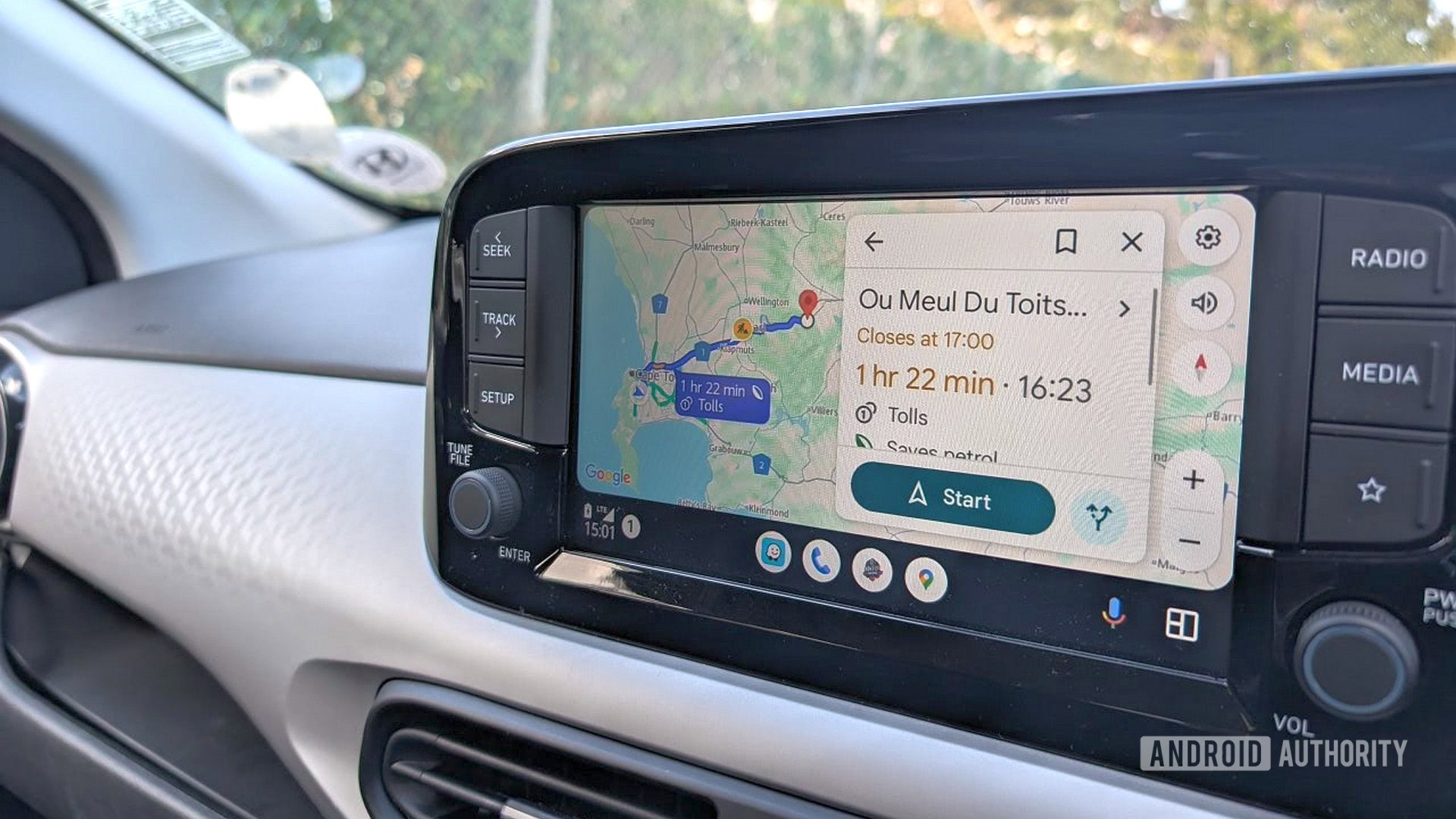
Andy Walker / Android Authority
The benefits of such a system aren’t immediately apparent, so let me paint a picture. If my watch senses that I’m tired — perhaps it takes into account my deep sleep percentage, the current time, declining blood oxygen levels, or a slowing heart rate — I’d love it to inform Android Auto, which can then alert me and my passengers of my state.
It could easily issue an audio alert: “Signs of fatigue detected. Consider pulling over at the next point of convenience,” or something similar. Considering the roadside facilities, Google Maps could suggest where to pull over to rest safely. Android Auto could also inform my smartwatch how long I’ve been traveling. The system could then recommend a suitable rest time based on the previous day’s sleep quality and activity levels.
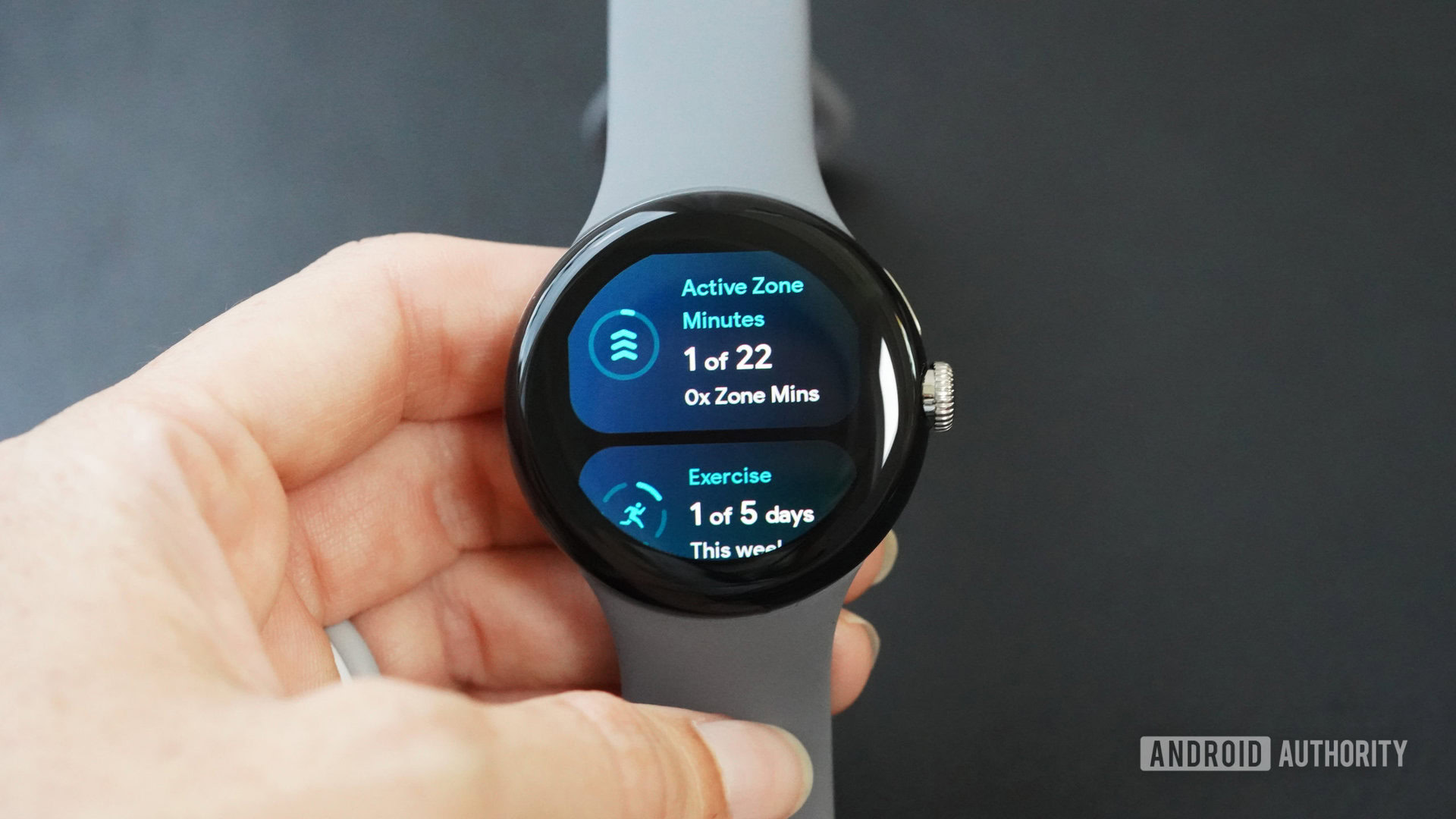
Kaitlyn Cimino / Android Authority
Here’s another practical example. If I haven’t been driving for an extended period but my watch senses that my stress levels are rising or my heart rate is spiking, it could ping an audio alert through Android Auto and suggest a series of breathing exercises I could take to regain control. I don’t suffer from road rage (beyond the odd expletive or two), but think of how useful such a system would be in these instances.
Android Auto would also be a suitable home for those nebulous “energy” scores smartwatches now offer. These could be used to predict how long one could safely drive in a day. A low score would indicate a driver shouldn’t extend their journey beyond a certain point, while higher scores may be more lenient.
Nebulous energy scores can finally be put to good use, informing drivers of how long they could feasibly drive before tiring.
Notably, these examples wouldn’t just benefit my driving. Think of those who travel for a living: long-distance truckers, bus operators, ride-hailing drivers, and even irregular holidaymakers who aren’t as used to traveling great distances in a single trip. Meshing Wear OS and Android Auto would benefit a vast population of users.
Such cooperation between Wear OS and Android Auto also dovetails with Google’s safety initiatives. The company has already rolled out car crash detection to Android and its Wear OS devices. Bringing Android Auto into the safety fold to help avoid crashes entirely makes sense.
Auto or Automotive?
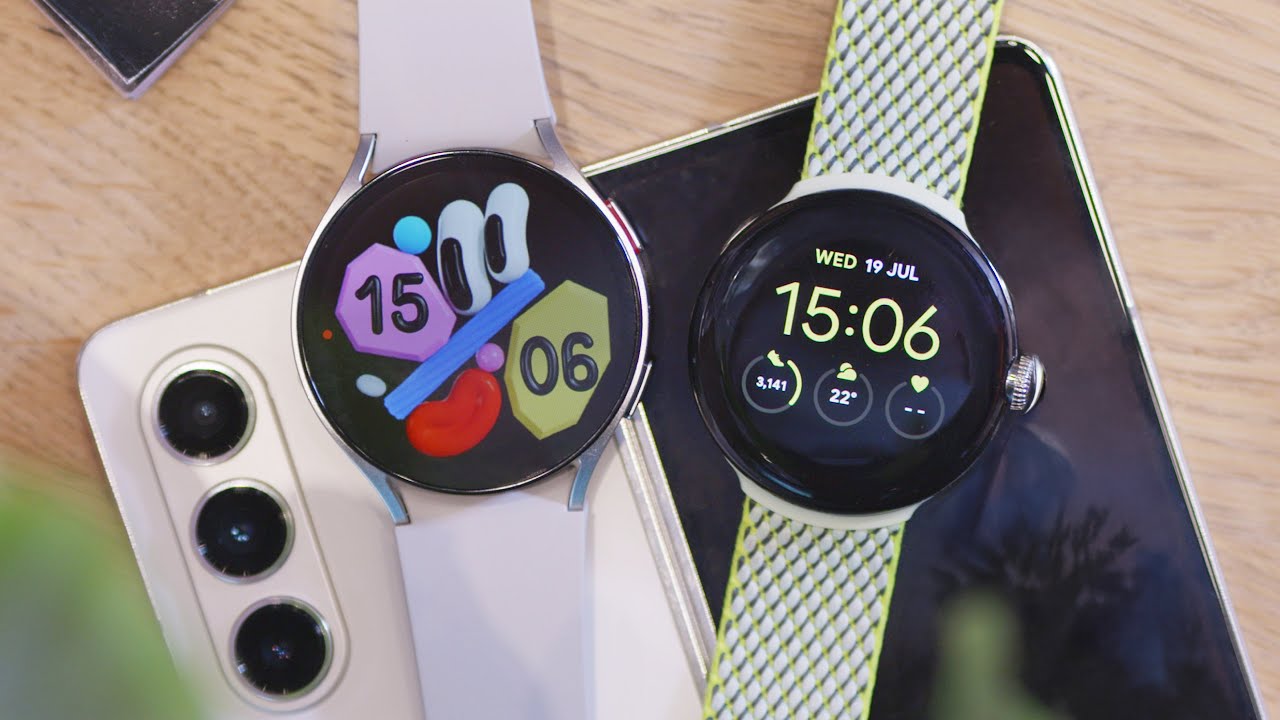
Kris Carlon / Android Authority
While my description of the service collaboration is perhaps an idealized scenario, I am aware that it’s not as simple as flicking a switch or connecting Android Auto with Wear OS through a digital string.
Wear OS is as fragmented as Android, with various fitness and health tracking platforms used across the same operating system by different manufacturers. Centralizing this information for Android Auto would prove a challenge. One solution could be using Health Connect as a central hub for this data, but users would have to give another Google product access to their sensitive info. I’m not sure how many would be comfortable with that.
An in-car system that uses Android Auto and health data from Wear OS watches would be brilliant for driver safety, but there are challenges.
Additionally, I have to question Google’s long-term commitment to Android Auto. With Android Automotive OS, the baked-in cabin operating system, seemingly the future of the company’s road-going plans, Google is slowly leaning away from Auto. If such a safety feature were ever to appear, I feel it would likely grace Automotive first and Auto later (if ever).
Using contextual fitness data garnered through Wear OS with Android Auto would be all about preventing incidents. I’m well aware that some would argue they don’t need technology to tell them when to rest or how to drive, but the more redundant mitigation systems drivers have, the less likely they’ll cause an incident.




